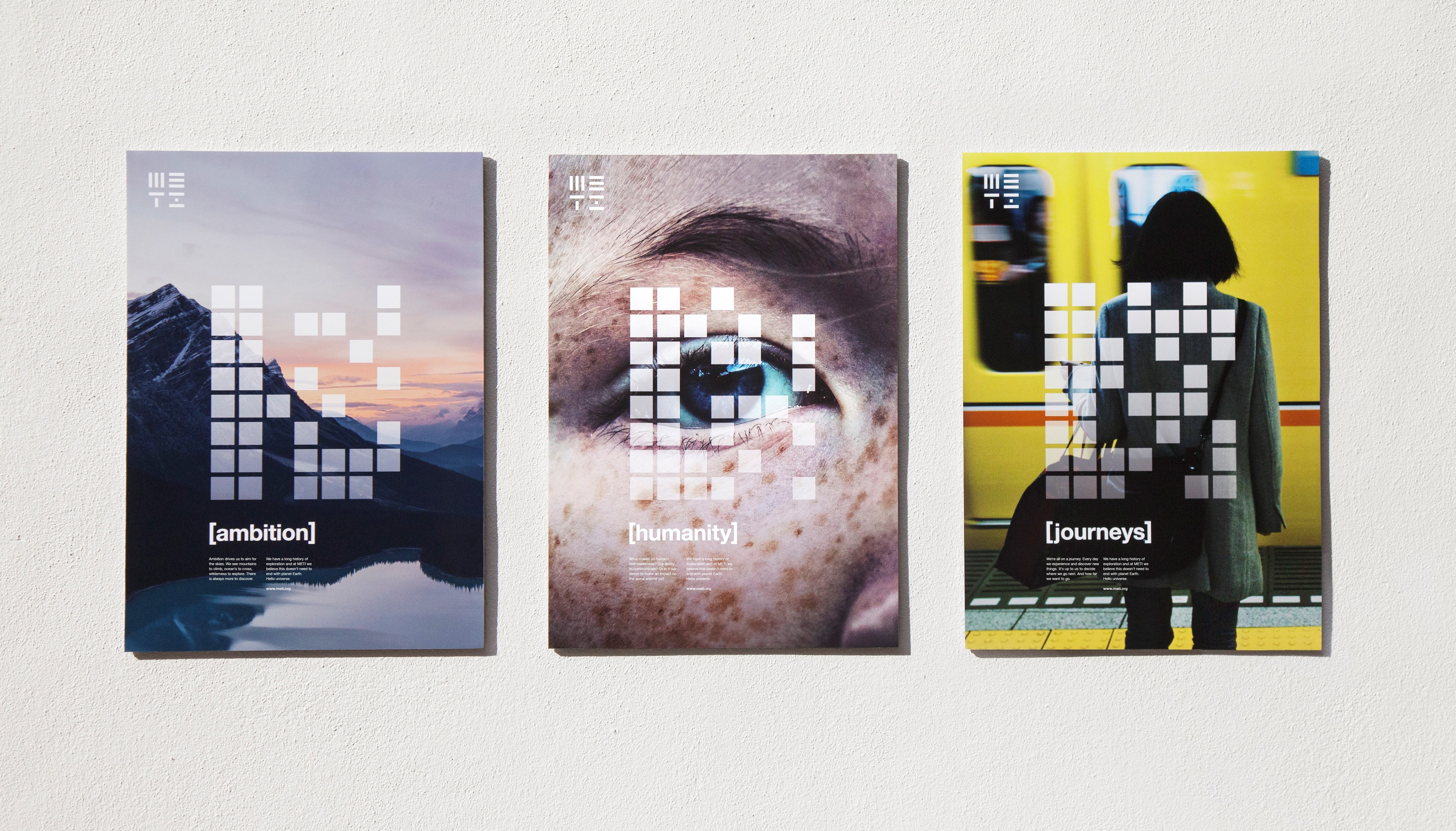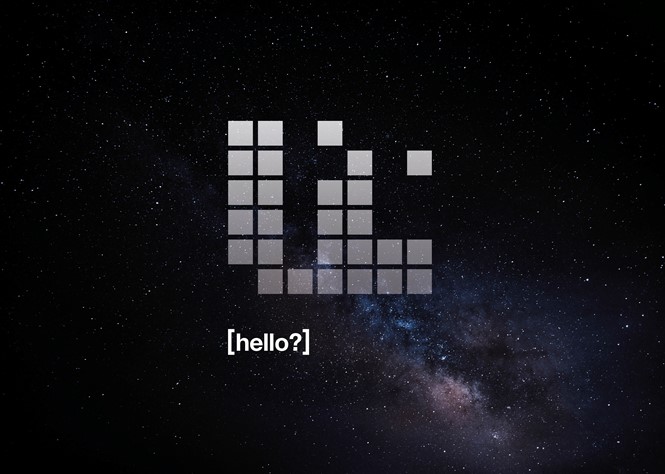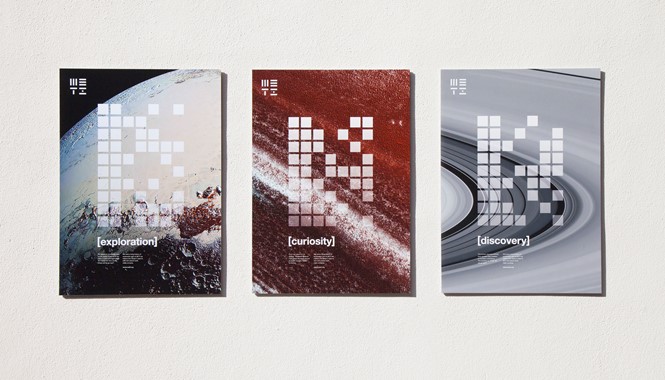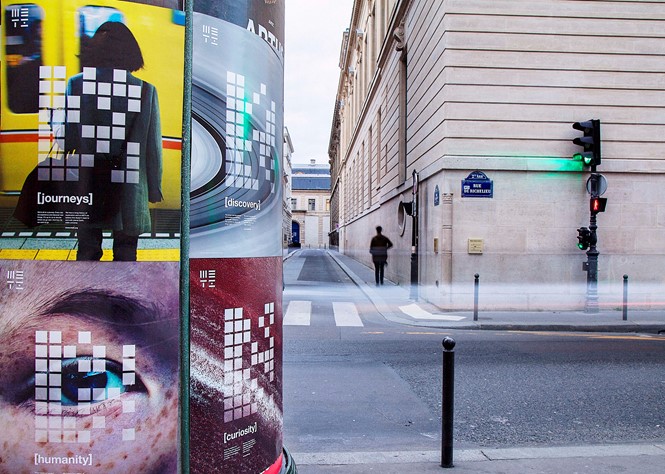Branding the search for intelligent life
In 1974, then-professor of astrology at Cornell University, Frank Drake, along with late astronomer Carl Sagan, composed a message consisting of 1,679 binary digits. Known as the Arecibo message - after the Arecibo radio telescope based in Puerto Rico - the message was transmitted to outer space, towards globular star cluster M13. Despite any potential response unlikely to reach Earth in the next 50,000 years, the Arecibo message was a paramount event in determining the extent of earthly interaction with the outer reaches of space.
The gravity of Arecibo was such that, even in 2017, the binary coding used to communicate with extra-terrestrial beings continues to exist in the imagination of extra-terrestrial scientists – almost exactly 43 years after broadcast. The US-based organisation whose aim, according to its website, is “To explore, understand and explain the origin and nature of life in the universe, and to apply the knowledge gained to inspire and guide present and future generations,” Messaging Extra-Terrestrial Intelligence (METI), has adopted a new visual identity based on this seminal event.
Designed by London-based branding agency, the Partners, METI’s redesigned branding, website and collateral reflects mankind’s first outer-space broadcast. The visual update aims to differentiate METI from other extra-terrestrial organisations, of which there are many vying for funding, research grants and an audience. Douglas Vakoch, president at METI International, says, “As we considered getting a new visual identity, we had a lot of questions… We wanted to convey the sense that our organisation is dynamic and innovative, while also being reliable and timeless… The visual identity [the Partners] created for us captures the essence of our organisation more clearly than we had recognised it ourselves.”
The idea of messaging underpins the Partners’ design, reflecting METI’s mission to communicate with the extra-terrestrial, as well as its wider human audience. Taking cue from the classic ‘Hello, world’ message, traditionally used as the first sentence when learning a new programming language, the METI website welcomes users with a ‘Hello, universe’ note. This choice of syntax also provides an adaptable identity for METI, allowing easy translation from without English and a wide range of applications across METI’s brand channels.
Katherina Tudball, design director at the Partners, says, “METI told us it was messaging that set them apart from other organisations. This phrase really stood out and led us to explore the origins of language, codes and ideas around translation. ‘Messaging’ means discussing, composing and communicating, and this unique graphic language is a way for the organisation to communicate its unique mission, ask big human questions and say, ‘hello, universe’.”
While binary appears confusing, its translation from the Roman alphabet in fact provides a universal language not impossible to decipher. Brand design focusing on this accessibility ensures METI is approachable, enhanced through the interactive nature of its brand experience. And, while some people may perceive METI’s mission as grounded in science fiction, the genuine scientific aspect of its research is reflected through the branding which uses square grids and brackets. This is as well as a colour scheme based on dusky colours and night sky imagery, lending an ethereal yet research-focused atmosphere to METI’s brand architecture.
At 25,000 light years away, M13 was the closest star formation available at the time of the Arecibo message launch. Although yet to receive a response from other intelligent life, the Arecibo’s significance remains etched into popular astrological culture. Its main achievement, proof of the extent to which scientific technology can stretch, is mirrored in METI’s continual quest to educate and explore the realm of possibility.


The original Arecibo message binary















